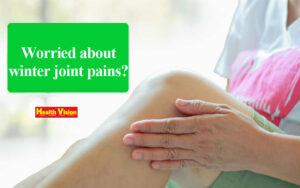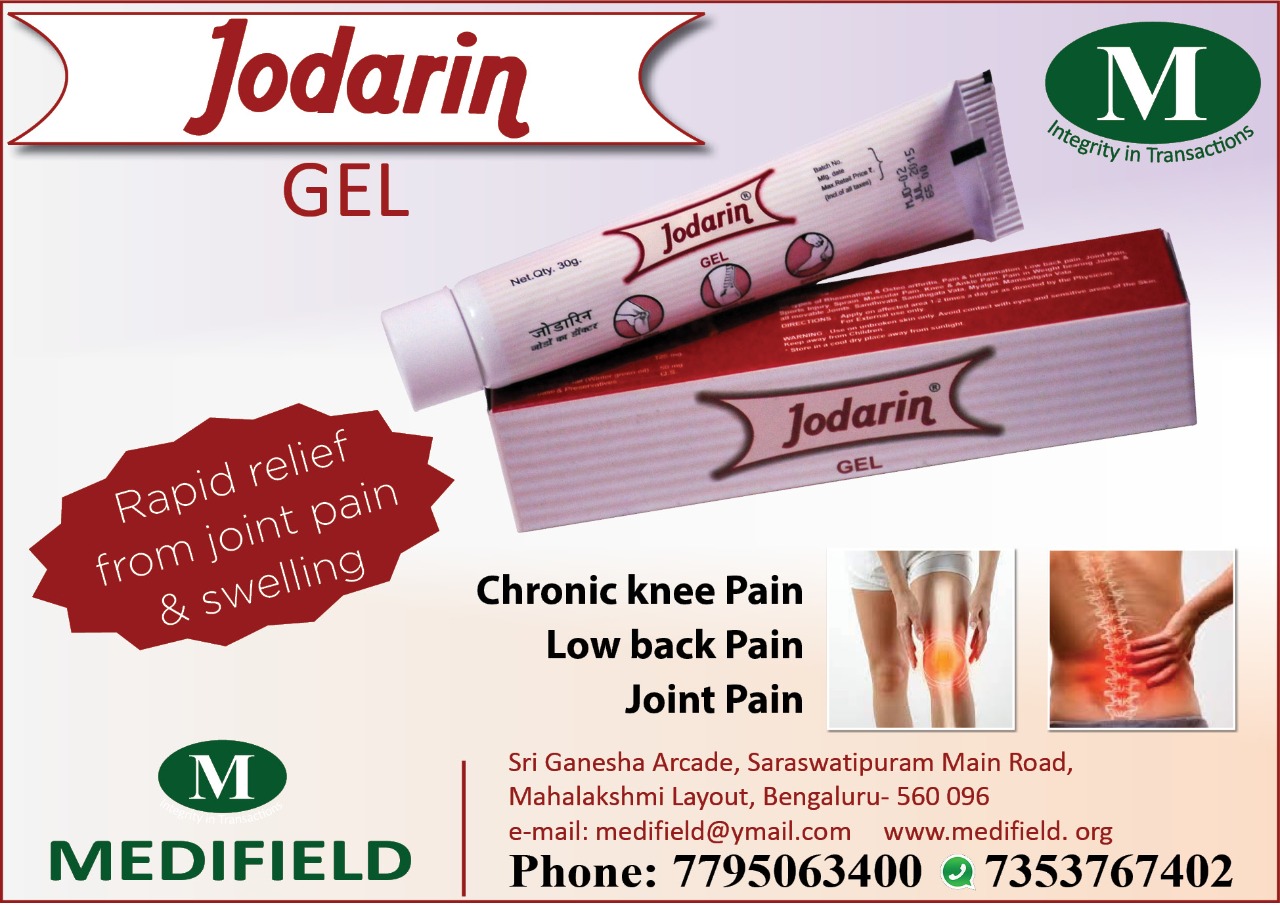Worried about winter joint pains? Do winters remind you of painful stiff joints and reduced mobility? Do they remind you of the phrase” feeling under the weather”?


Temperatures in North India have started to dip with winters just round the corner. In the journey of life one may not even remember when the association of winter shifts from festivities to joint pains. Coping with pain in cold winter months requires extra efforts to avoid the worsening spiral of immobility and increasing pain. This problem is not limited to a certain age, with sedentary lifestyle contributing to the increasing incidence across ages.
It’s not only the joint pains which flare up, but other pain conditions such as muscular pains, backaches, headaches, neck pain, nerve pains, fibromyalgia etc may experience similar increase. Scientific studies exploring the relationship between pain and weather have had little consensus, regardless this is commonly observed in clinical practice. Various factors such as low temperature, atmospheric pressure, immunological changes, altered blood flow etc have been implicated but none conclusively held responsible.
There are studies demonstrating that the cold, damp weather has the greatest impact on pain. Other studies suggest that it is the change in local climate which our bodies react to rather than the absolute temperature. Regardless, one may appreciate that it’s not easy to evaluate the relationship as multiple factors including temperature, sunshine, atmospheric pressure, humidity, diet etc change at the same time. Besides the direct weather effects, indirect effects on activity levels and mood can have a secondary impact.
Tips to prevent pain surgeries in winter
From a practical perspective, it is best to focus on what we can influence like simple lifestyle changes. Here are some suggestions
Regular exercise
In winters, shorted days and cold can make us less inclined to be active. The resulting immobility not only promotes stiffness, pain, but also weight gain. Reduced physical activity even for a few weeks can adversely affect muscle mass and strength. Exercise has a beneficial impact on metabolism and promotes the release of essential body chemicals. This produces a sense of well-being and increased blood flow to muscles and joints can helps combat inflammation, stiffness and pain.
Warm up prior to starting exercises helps the body to gear up for more strenuous activity thereby reducing the chances of injury. Its best to start with regular, slow exercises under the guidance of professionals, keeping in mind one’s pain issues and fitness levels. The workouts can be gradually increased once the body adapts to the new activity levels. This concept, termed as pacing, where you avoid doing too much too soon, is regularly promoted by experienced medical professionals. Generally light aerobic workouts, swimming, stationary bikes and walking are good exercise options. Simple stratergies like having an exercise buddy helps to stay on track and motivated. Adverese outdoor weather conditions can be overcome by using indoor facilities such as a gym.
Maintain a healthy body weight
One can easily fall victim to the indulgences of the festivites & holiday season by overeating. Keeping a healthy body weight enhances mobility and reduces undue pressure on joints, making a significant difference to pain levels. A balanced, healthy, natural diet containing essential mineral and vitamins such as calcium, vitamin D can play a role in supporting your joints & bones. Vitamin D has an important role in bone mineralisation, muscle function and nerve growth and with reducing daylight the oral intake becomes important. Vitamin D supplementation can reduce the risk of fractures and sensitivity to pain especially in the elderly.
Dress sensibly and stay warm
Dressing up using the right gear not only keeps one warm but also promotes ease of motion. Heavy, bulky clothing restricts activity and is difficult to wear. One may achieve same warmth by using multiple less bulky layers, which have added advantage of ease of removing when in warmer temperatures. Body parts with comparatively less natural insulation such as hands and feet can be protected by simple gear such as by using gloves and socks. This is more relevant if one is troubled by hand or feet arthritis and cold extremities.
Heat therapy can help by promoting elasticity and blood flow of tissues reducing pain and stiffness. Simple measures such as warm baths and a hot water bottle can often make a big difference. Marinating a comfortable room temperature helps by promoting activity.
Seek early help
As we all have experienced injuries hurt more in cold temperatures and icy conditions as seen in northern India can make one more prone to falls and accidents. Do not ignore your pain issues. Even a simple knee or back pain can significantly impair quality of life. Sometimes these are accepted as part of aging, stopping individuals from exploring treatment options.
Pain persisting beyond the period of healing is called chronic pain and it does not always signify on-going damage. Lives of chronic pain sufferers often encompass around managing pain. Studies evaluating the Global Burden of Diseases have found chronic pain conditions amongst the leading causes of disability with approximately 20% of people worldwide suffering from chronic pain.
Chronic pain is a separate disease altogether and is often not taken seriously despite considerable advances in the therapeutic treatment options. An experienced specialist with focus on holistic management, rather than just treating the disease, can help you achieve good outcomes.
Pain management is a separate speciality. Specialists dealing with chronic pain conditions on routine basis have a good understanding of underlying mechanisms and ways of reducing the impact on life. Multi –disciplinary approach utilising specialists from different fields working together have a better chance of restore functioning and improving quality of life.


Dr. Amod Manocha
Senior Consultant & Head
Pain Management Services
Max Super Speciality Hospital, Saket













